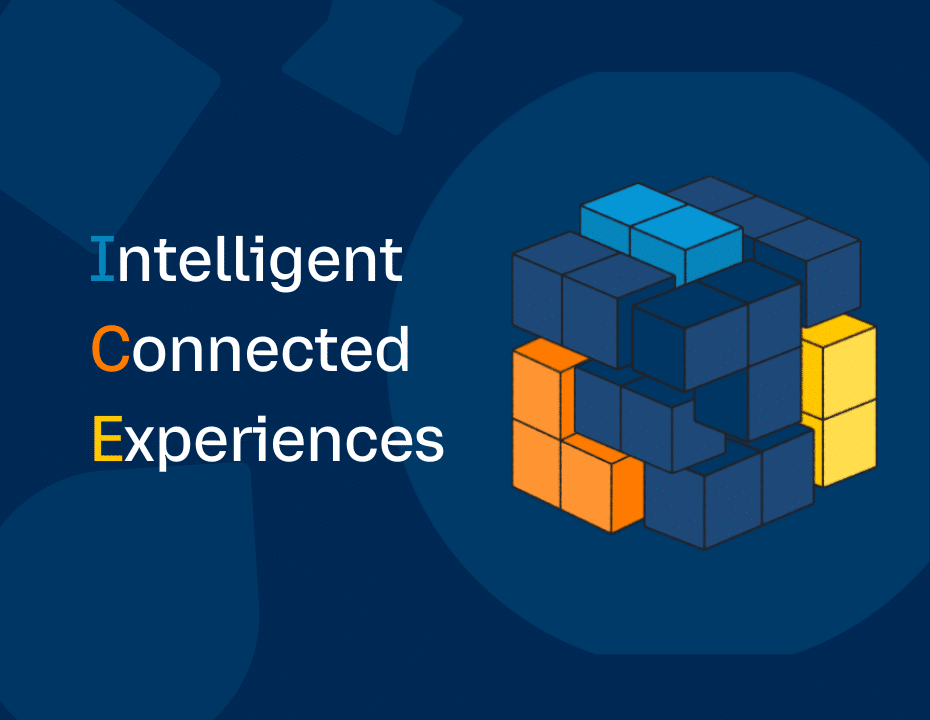During times of economic uncertainty, businesses struggle to balance productivity with aggressive cost-cutting measures. In recent years, investments in advanced technology have been a common solution to achieve this balance.
Migration to cloud-based tech solutions has grown exponentially. Companies want to scale down their infrastructure, allow for greater mobility for employees and customers, and achieve better operational efficiency through automation. The rise of XaaS epitomizes this trend.
Let’s get into it:
- What is XaaS?
- XaaS vs SaaS: What’s the difference?
- 5 benefits of XaaS
- Potential challenges of XaaS
- Examples of XaaS
- How to switch to XaaS for your business

What is XaaS?

XaaS stands for Anything as a Service. It is a model of one provider delivering various IT services over the internet on a subscription basis.
This cloud-based approach enables organizations to access and utilize technology solutions without having to invest in the underlying infrastructure or manage its maintenance.
XaaS vs SaaS: What’s the difference?

SaaS refers to software as a service. This service model became popular as companies began to realize the advantages of moving from on-premise solutions to cloud-based ones and found that using subscription services was often more cost-effective than purchasing software outright and maintaining it via updates and upgrades over the long term. SaaS refers to a single software solution.
XaaS, however, is a broader concept. It includes any type of cloud-based services and is not limited to software. SaaS is just one subset of XaaS. XaaS evolved out of increased digitization and demand for more off-premise technology.
5 benefits of XaaS

There are a number of reasons XaaS is growing in popularity and a number of benefits relative to self-hosted technology. Here are five of the biggest pros:
- Scalability. Scaling to meet changing demand is a key concern for companies during periods of high growth and periods of economic difficulty. XaaS allows you to quickly add or remove users and increase or decrease storage resources.
- Flexibility. Businesses that can’t adapt to changing market conditions or shifting technology requirements often decline or even fail. Agility with tech resources is a major advantage of XaaS.
- Cost-effectiveness. Wasted expenses mean the difference between profit and loss for businesses. The high costs of your own tech infrastructure are wasteful when unused. XaaS eliminates significant waste because you only pay for the resources you actually use, thereby improving your bottom line.
- Time-savings. Managing your own tech infrastructure is expensive, but it also takes a lot of time to update, maintain and support. With XaaS solutions, providers take care of these things for you, freeing up your IT staff for more value-added activities.
- Improved collaboration and productivity. Some XaaS solutions enable greater real-time collaboration, meaning your team members can stay on the same page no matter where they may be located. This boosts productivity, especially in the era of hybrid workplaces.
Challenges of XaaS

Businesspeople talking – including a trans man using tablet
XaaS is not completely free of challenges. However, understanding them is beneficial to successful migration.
- Data security. As with any solution that involves data, there are risks of data breaches and cyber-attacks with XaaS. Because security is handled by your service provider rather than your own IT team, your business has limited control over mitigating those risks. That is one reason it is important to carefully vet your provider before using the service.
- Dependency on a single vendor. Due to efficiency and convenience, many companies rely on a single cloud service provider. This dependency is okay when things work well, but is problematic if problems arise.
- Compliance issues. In highly regulated industries, your business may face limitations or challenges in meeting compliance standards, depending on the provider you choose.
- Performance issues. Cloud-based solutions are dependent on reliable internet connectivity. Thus, service outages or disruptions get in the way of your ability to use services.
- Cost. In the long run, XaaS is a cost-effective approach to using technology. However, the initial cost of migrating to XaaS can be significant.

Examples of XaaS

There are a number of subsets of XaaS. The following are some of the more common ones currently in use:
- Software as a Service (SaaS). Rather than hosting software locally, software is provided on demand through the Internet and hosted externally by the service provider.
- Infrastructure as a Service (IaaS). Cloud computer services, such as storage, network servers and virtualization are hosted by the external provider.
- Platform as a Service (PaaS). This is a comprehensive cloud solution that allows users to build, deploy, and test custom applications.
- Communication as a Service (CaaS). Various forms of digital communications platforms, such as VoIP, Instant Messaging and Video Conferencing are available as CaaS offerings.
- Security as a Service (SECaaS). SECaaS includes external management of digital security, including intrusion detection, antivirus protection and data loss prevention.
Device as a Service (DaaS), Database as a Service (DBaaS) and Disaster Recovery as a Service (DRaaS) are among the many other subsets of XaaS.
How to switch to XaaS for your business: 6 steps for a successful migration

An effective migration plan is important if your business wants to leverage the many advantages of XaaS while overcoming key challenges. There are several key things to consider when making the switch.
1. Identify your tech needs
The services you should move to the cloud vary based on how you operate and your overall technology requirements. Determine which services you can reasonably move to the cloud and whether doing so makes sense operationally and financially.
2. Consider how XaaS impacts your business model
A major technology overhaul can dramatically impact your business model, especially if it influences your delivery of solutions to customers. Think carefully about your current business model and any impacts XaaS will have. Weigh the pros and cons of those impacts before making a move.
3. Choose the right provider
With XaaS, a provider becomes an extension of your business. Thus, choosing the right provider is essential to sustainable success. Consider offerings, pricing, and support. Where possible, talk with other businesses that have used the provider you are considering for some candid takes on their outcomes.
For example, RingCentral is the world’s leading business cloud phone system, and we can provide so much more, including:
- HD video conferencing with virtual breakout rooms, AI-powered summaries, and more
- Dynamic team messaging and file sharing
- Contact center solutions
- eFax
- SMS
- Plus hardware, device, and software subscriptions to make your life even easier

We make it simple to get everything you need to run your business, all in one place!
4. Plan the XaaS migration
Depending on the XaaS solution provider you choose, migrating to the cloud can be a heavy lift. Plan the migration carefully to ensure all people and resources in your organization are ready for the switch. Plan to address any customer-facing issues that may arise from the migration.
5. Test and deploy XaaS
As with any new type of technology, it is important to test XaaS prior to deployment to identify any issues and address them properly.
6. Monitor and optimize
After deployment, track metrics and watch for any back-end or front-end problems, including opportunities to optimize service performance. Your provider can help mitigate problems.
Anything as a Service (XaaS): Key takeaways
The XaaS market has experienced significant growth in recent years, especially as companies look to streamline their technology operations and take advantage of the benefits offered by cloud-based services.
RingCentral is a XaaS provider that offers a comprehensive, cloud-based communications system with seamless interactions across all popular platforms. Our CaaS solution helps you optimize internal collaboration as well as your customer experience. See how RingCentral works!
Originally published Apr 19, 2023, updated Jun 24, 2024




